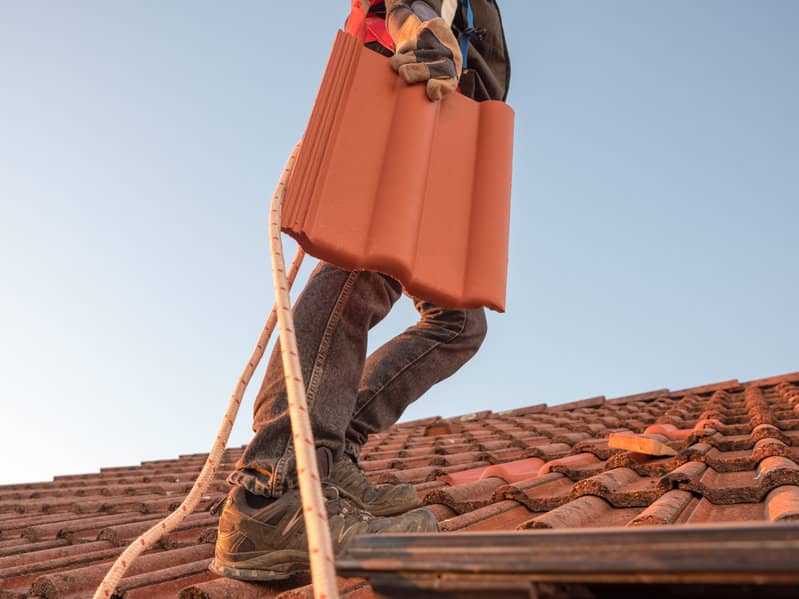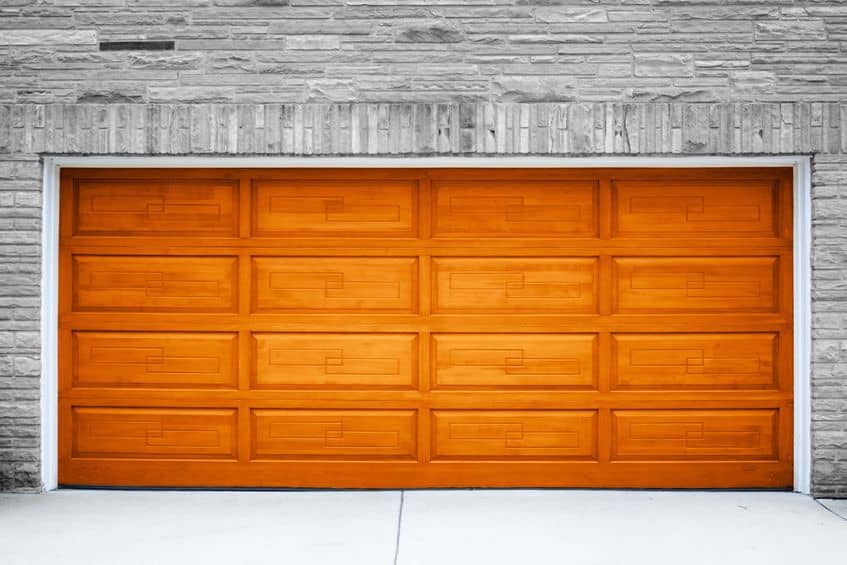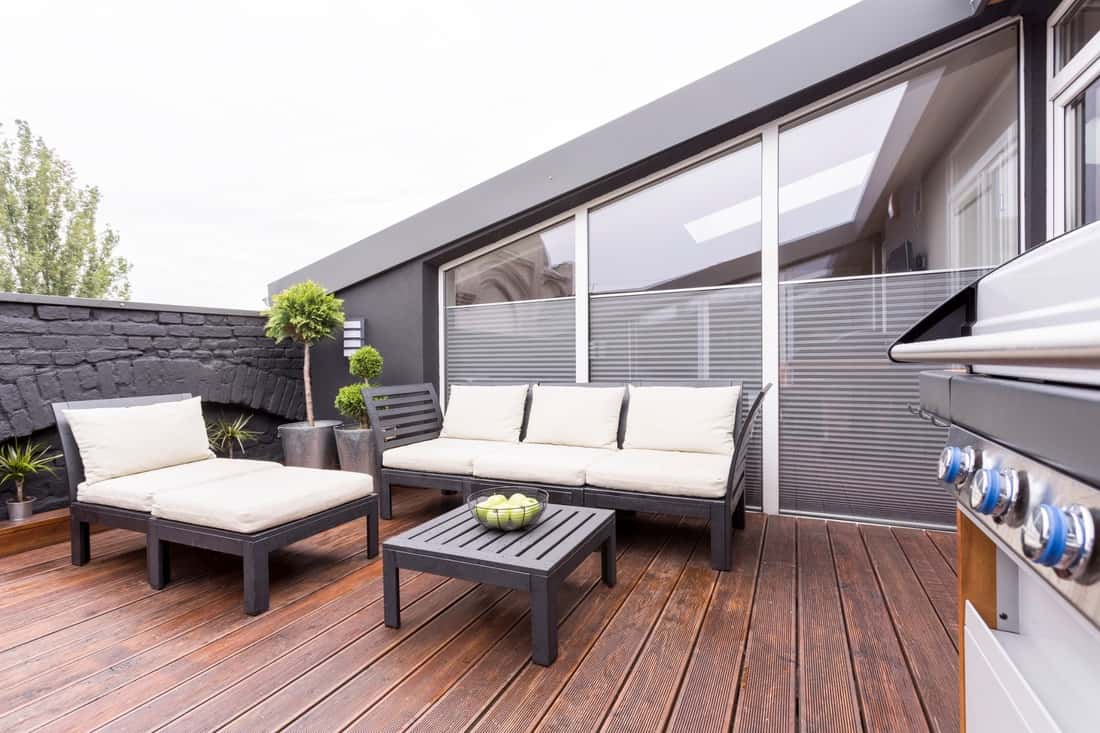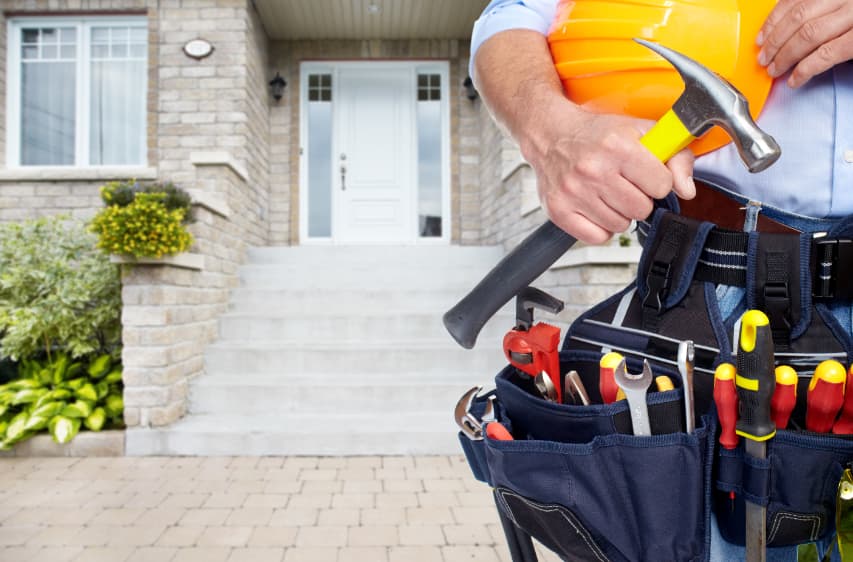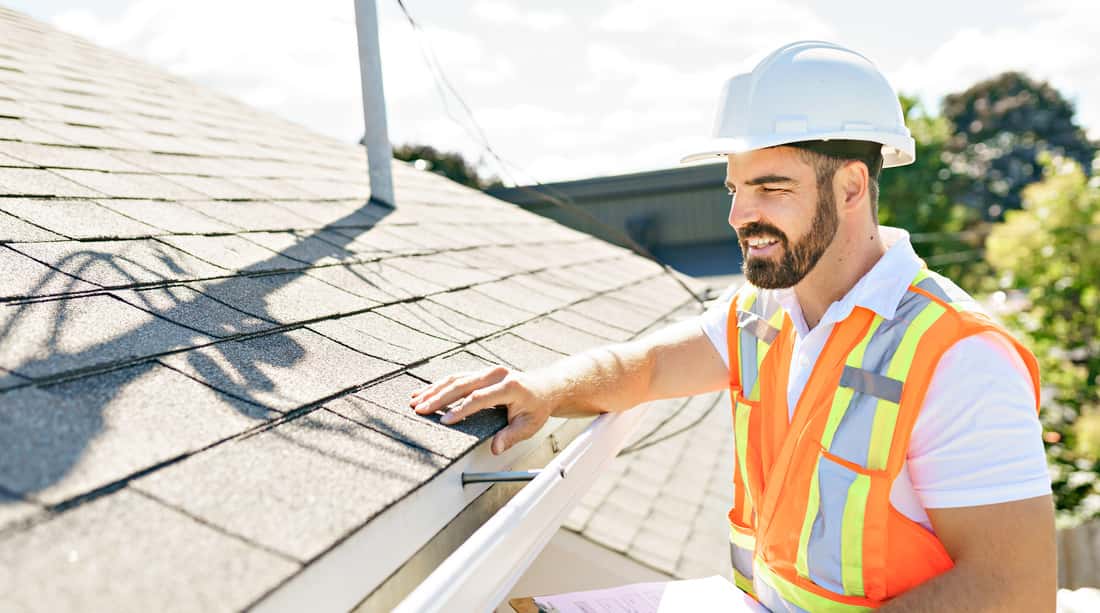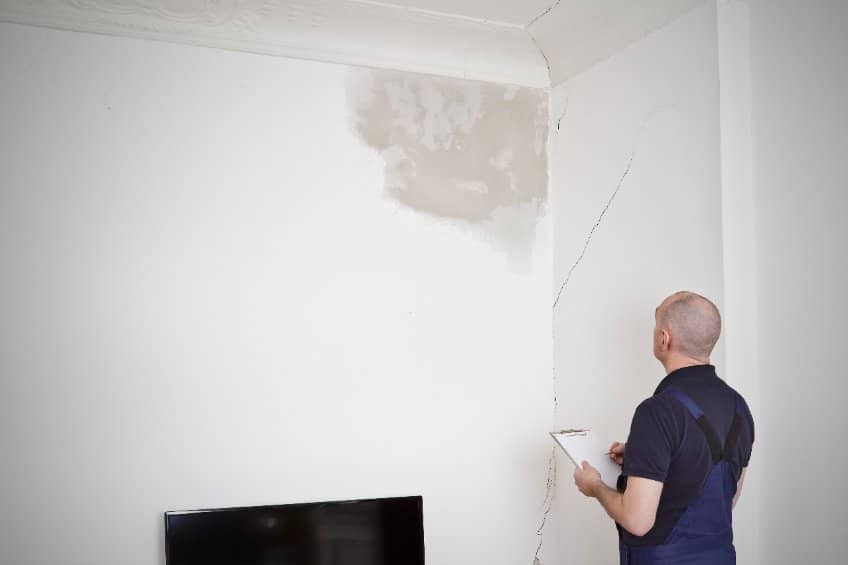Roofing types can be broken down into two general categories: residential and commercial. Both residential and commercial roofs are built with the same basic materials—roof shingles, underlayment, sheathing, tar paper and flashings. The difference lies in the quality of the materials and how they’re installed. This article will take a look at some of the key differences between residential and commercial roofing systems so you can determine which type of roof is right for your home or business. Our team provides San Diego commercial roofing throughout the county. Get in touch if you’re in our service area.
What Distinguishes Residential Roofing from Commercial Roofing?
Residential roofs and commercial roofs can both be made of similar materials, but they are quite different from one another in terms of their construction and uses. If you’re wondering what distinguishes residential roofing from commercial roofing, here are a few facts to help set things straight.
When it comes to residential roofs, you’ll typically find them on homes, whereas commercial roofs tend to be found on businesses and other large structures. Residential roofs have many of the same characteristics as commercial roofs, but they are not as thick or sturdy as their commercial counterparts and aren’t built for heavy loads. However, both residential and commercial roofs come in a variety of shapes and styles and can be constructed from many different materials.
Things to Know About Residential Roofing
Residential roofs are designed for single-family homes and come in a variety of materials including wood shakes, shingles, tiles, etc. Some residential roofs can last 20 years or more if they are properly maintained and protected from natural disasters. There is no need to replace residential roofs as frequently like you may do with commercial ones due to their varied composition, style and exposure to sun over time. A lot of times, these roofs are not affected much from weather elements other than snow accumulation during winter season months. This makes them ideal for homeowners who prefer classic roof styles that do not have to be replaced every few years.
Things to Know About Commercial Roofing
When you’re planning to re-roof a commercial building, your best bet is to hire a professional roofer who specializes in commercial roofing. He or she will be more knowledgeable about how to handle complex installation tasks that typically involve heavy equipment and large crews.
This is important because re-roofing a commercial building can be incredibly complicated and expensive if it’s not done right. Generally, the cost of a commercial built-up roof is between $5.50 and $8.50 per square foot in materials and labor. For example, when asphalt shingle roof tiles are ripped off to install a new roof, they often get lost or damaged in the process—making them unusable for future projects, whereas other types of roof tiles can be salvaged and reused if installed correctly.
Things to Know About Re-Roofs
Re-roofs are cheaper than new roofs, which makes them great for homeowners who can’t afford to pay thousands of dollars up front. Re-roofs are also often a quick fix and can be completed within a few days of starting work on them, saving you time and money. If you’re looking to get a new roof but don’t have many resources available to you, re-roofs might be right for you.
If you’re thinking about re-roofing your home instead of replacing it with a new one, you should be aware of what exactly happens during a re-roof job. A re-roof is similar to a repair in that it involves fixing areas of your roof that are damaged or worn out, but different in that it usually doesn’t include any work on other aspects of your roof like flashing and vents.
A re-roof is a fast and affordable way to get your roof back into good condition, but it does come with some drawbacks. Depending on how many areas of your roof are damaged, you might have to have several re-roofs done over time in order to keep everything in working order.
Re-Roofs Vs Replacements
If you’re installing a new roof, you’ll have to decide whether to re-roof or replace your existing one. Each type has its own benefits and drawbacks—including price, longevity, ease of installation and warranties—so it’s important to understand how they differ before you make a decision. Re-roofing is cheaper but will never last as long as a replacement; replacements are more expensive up front but are likely to last longer overall. Re-roofing may be a better option if you don’t need a completely new roof right away and aren’t interested in putting out extra money upfront; replacements may be more worthwhile if there are structural issues with your current roof that can only be fixed by removing it entirely.
The trade-off in price between re-roofs and replacements can also vary depending on your budget, how much you value longevity and what type of warranty is available for your roof’s materials. If you prefer a more straightforward approach to paying for a new roof, it’s usually cheaper to pay upfront costs for a replacement than to go through multiple repairs with re-roofing materials over time.
Is Your Home or Business at Risk for a Leak?
Ask any expert about preventing roof leaks and they’ll say there are two main steps you can take to protect your property from water damage due to a leaky roof. The first is to regularly inspect your roof, and make sure you spot any potential problems early on before they become major issues.
The second step is to have your roof inspected regularly by a professional and to schedule repairs as needed to ensure your property isn’t at risk for water damage. While these are great tips, you can also take further steps that will make it easier to prevent leaks from occurring in your home or business in the first place, such as investing in a new roof.
Leaky roofs are very dangerous as it can lead to all sorts of problems including mold, mildew, and more. If you aren’t sure if your home or business is at risk for a leaky roof, there are some signs that you can look out for to know if you should start looking into a new roof right away. One thing you’ll want to do is walk around your home or business in order to see if there are any areas where water tends to accumulate after heavy rainfalls.
